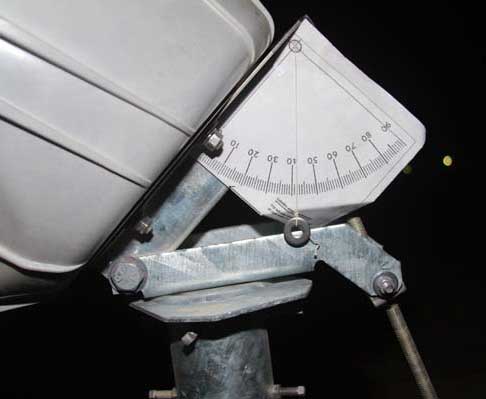Satellite Internet Forum.
Welcome, Guest. Forum rules.To search this site click here > SATSIG search
| Home Login Register |
| Satellite Internet forum › HughesNet and Hughes HX VSATs › HX 50 and Telstar11N in Côte d'Ivoire |
|
Pages: 1
|
HX 50 and Telstar11N in Côte d'Ivoire(Read 6675 times) |
|
Ex Member
Ex Member
|
Jun 6th, 2011 at 3:58pm
|
| Back to top |
IP Logged
|
|
Eric Johnston
Senior Member
★★★ Offline Posts: 2109 |
Reply #1 - Jun 6th, 2011 at 5:53pm
|
| Back to top |
« Last Edit: Jun 6th, 2011 at 7:19pm by Admin1 »
IP Logged
|
|
Ex Member
Ex Member
|
Reply #2 - Jun 7th, 2011 at 9:33am
|
| Back to top |
IP Logged
|
|
Eric Johnston
Senior Member
★★★ Offline Posts: 2109 |
Reply #3 - Jun 7th, 2011 at 11:53am
|
| Back to top |
« Last Edit: Jun 7th, 2011 at 2:24pm by Admin1 »
IP Logged
|
|
Eric Johnston
Senior Member
★★★ Offline Posts: 2109 |
Reply #4 - Jun 7th, 2011 at 12:23pm
|
| Back to top |
« Last Edit: Jun 7th, 2011 at 2:30pm by Admin1 »
IP Logged
|
|
Eric Johnston
Senior Member
★★★ Offline Posts: 2109 |
Reply #5 - Jun 7th, 2011 at 12:31pm
|
| Back to top |
« Last Edit: Jun 7th, 2011 at 3:29pm by Admin1 »
IP Logged
|
|
Ex Member
Ex Member
|
Reply #6 - Jun 7th, 2011 at 5:27pm
|
| Back to top |
IP Logged
|
|
A.Walker
Senior Member
★★★ Offline Posts: 316 |
Reply #7 - Jun 8th, 2011 at 9:30pm
|
| Back to top |
IP Logged
|
|
Pages: 1
|
Email me: eric@satsig.net
Powered by YaBB 2.5.2!
YaBB Forum Software © 2000-. All Rights Reserved.
Disclaimer, Terms of Use and Privacy Forum User Agreement Forum rules Cookie policy.







